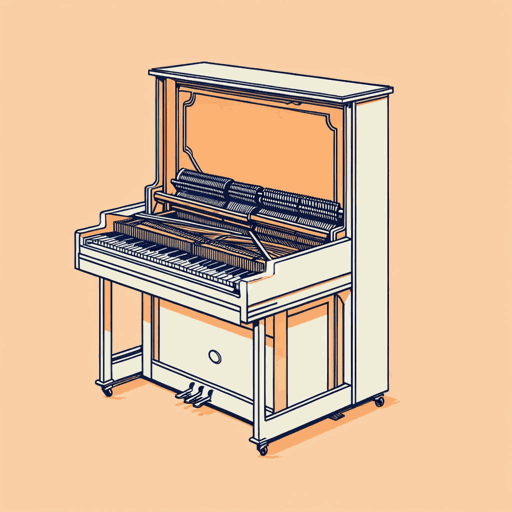60 pages • 2 hours read
Kurt Vonnegut Jr.Player Piano
Fiction | Novel | Adult | Published in 1952A modern alternative to SparkNotes and CliffsNotes, SuperSummary offers high-quality Study Guides with detailed chapter summaries and analysis of major themes, characters, and more. For select classroom titles, we also provide Teaching Guides with discussion and quiz questions to prompt student engagement.
Before Reading
Reading Context
Use these questions or activities to help gauge students’ familiarity with and spark their interest in the context of the work, giving them an entry point into the text itself.
Short Answer
1. Player Piano is usually described as a dystopian novel. What is a dystopia? What distinguishes a dystopia from a utopia? Consider other examples of dystopian (or utopian) literature you may have read, such as Thomas More’s Utopia, Aldous Huxley’s Brave New World, and George Orwell’s Nineteen Eighty-Four.
Teaching Suggestion: A dystopia is the opposite of a utopia. Whereas a utopia is an imaginary or speculative ideal society, a dystopia is an imaginary society characterized by great suffering or unhappiness. The genre of dystopian literature is in many ways inseparable from utopian literature: Even the most famous utopias, such as that depicted by Thomas More, often contain dystopian elements. Dystopian literature became increasingly popular toward the middle of the 20th century, with examples of dystopian political, economic, and ideological situations depicted in novels such as Aldous Huxley’s Brave New World (1932), George Orwell’s Nineteen Eighty-Four (1949), and Margaret Atwood’s The Handmaid’s Tale (1985). In the early 2000s, many popular dystopian novels, films, and television shows were created for young adults.
Related Titles
By Kurt Vonnegut Jr.
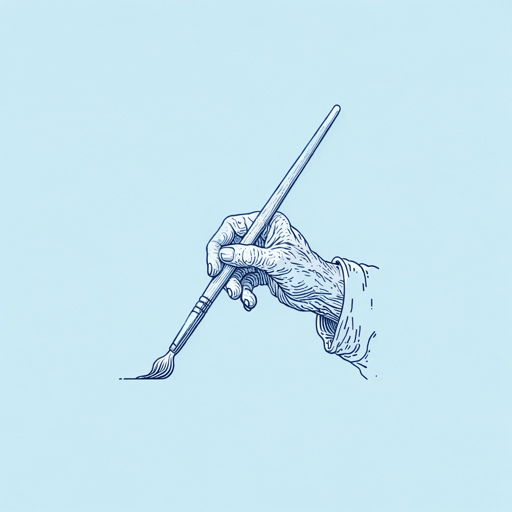
2 B R 0 2 B
Kurt Vonnegut Jr.

Breakfast of Champions
Kurt Vonnegut Jr.

Cat's Cradle
Kurt Vonnegut Jr.

Deadeye Dick
Kurt Vonnegut Jr.
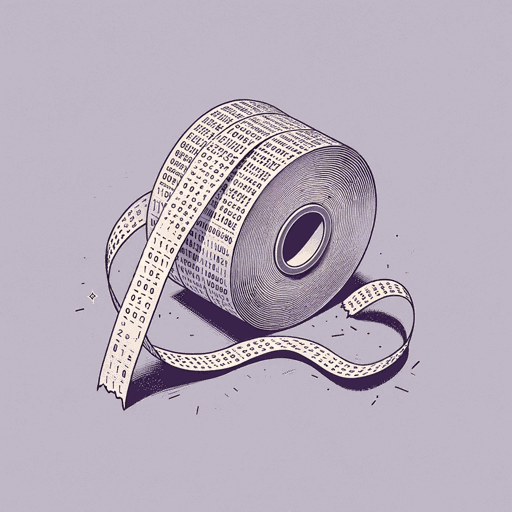
Epicac
Kurt Vonnegut Jr.

Fates Worse Than Death
Kurt Vonnegut Jr.
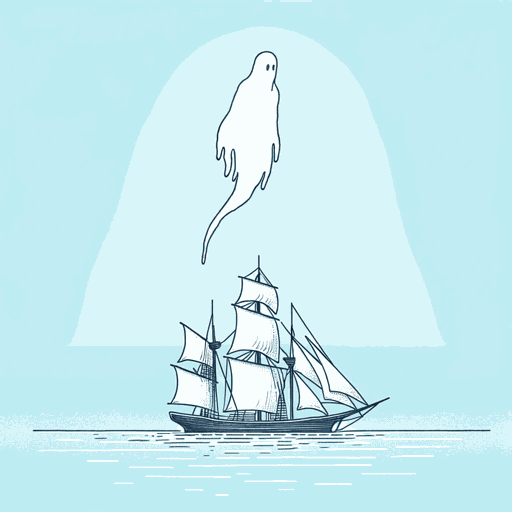
Galapagos
Kurt Vonnegut Jr.
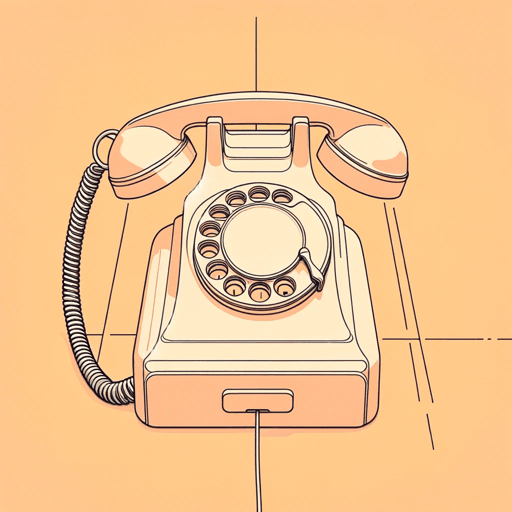
God Bless You, Mr. Rosewater
Kurt Vonnegut Jr.

Harrison Bergeron
Kurt Vonnegut Jr.

Mother Night
Kurt Vonnegut Jr.
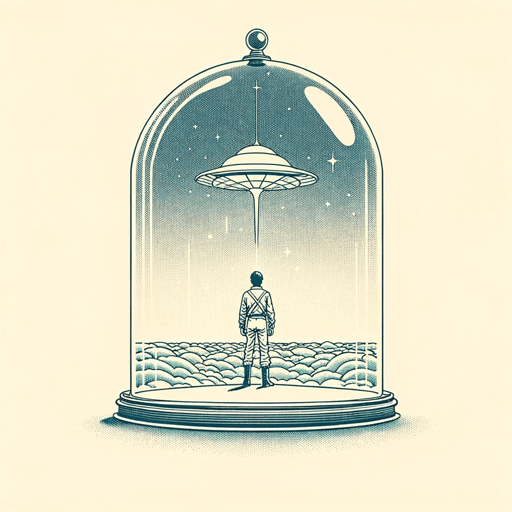
Slaughterhouse-Five
Kurt Vonnegut Jr.
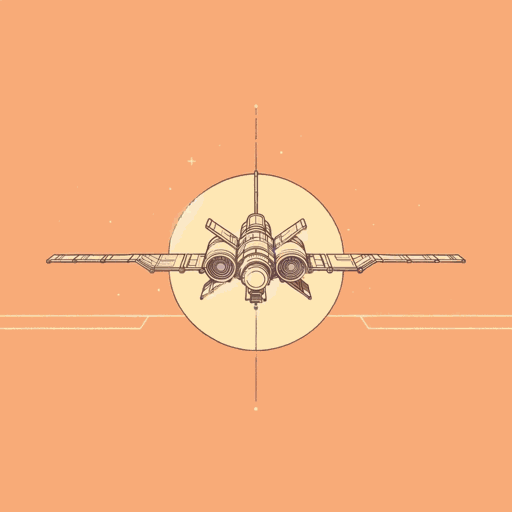
The Sirens of Titan
Kurt Vonnegut Jr.

Welcome to the Monkey House
Kurt Vonnegut Jr.
